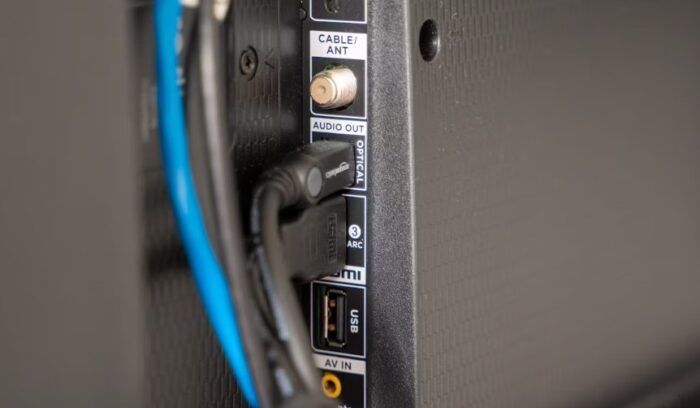
Signal decoders play a crucial role in translating encoded information into a comprehensible form. These devices or algorithms are vital in a world increasingly reliant on digital communication, broadcasting, and automated systems.
Their ability to convert encoded signals into usable outputs makes them essential across various industries.
This article explores what is a signal recorder, its different types, and its applications, providing a clear overview for both technical and non-technical audiences.
What Is a Signal Decoder?
A signal decoder is a device or algorithm that takes encoded or modulated information and converts it into a format that can be easily interpreted by systems or humans. In digital communication, data is often encoded or modulated to enhance transmission efficiency, reduce errors, and maintain the integrity of information. The decoder reverses this process, ensuring that the data received matches the original input.
Types of Signal Decoders

Signal decoders come in several types, each designed for specific applications. Here are some common categories:
- Digital ─ These are used in digital communications systems, converting binary codes into readable formats. Digital decoders are commonly found in digital televisions, where they convert broadcast signals into audio and video outputs.
- Analog ─ Analog decoders translate frequency-modulated signals into their original waveforms. They are typically used in older broadcasting systems, like FM radios.
- Error-correcting decoders ─ These are specialized decoders that not only translate signals but also correct any errors introduced during transmission. Such decoders are widely employed in telecommunication systems and data storage devices.
- Cryptographic decoders ─ Cryptographic decoders translate encrypted data back into its original form. This type of decoding is essential in secure communications, where data is often encrypted for confidentiality.
Applications
Signal decoders are vital across multiple fields, especially in communication, broadcasting, and automation. Here are a few examples:
- Television and broadcasting ─ Decoders in set-top boxes or smart TVs convert signals from cable or satellite providers into the audio and video that viewers see and hear.
- Telecommunications ─ In cellular networks, decoders ensure that voice and data transmitted over vast distances remain intact and comprehensible at the receiver’s end.
- Automation and control systems ─ Industrial systems often rely on encoded signals from sensors and controllers. Decoders interpret these signals, ensuring smooth and efficient operations.
- Data communication ─ In computing and networking, decoders are employed to convert received data packets back into their original formats. This process is crucial in maintaining data integrity during transmission over networks.

Importance
The importance of signal decoders cannot be overstated. In communication systems, a signal decoder ensures that the information remains accurate and understandable after transmission. Whether it’s a television signal, radio broadcast, or encrypted communication, decoding is key to delivering the intended message without loss or alteration.
Moreover, decoders enable interoperability between different systems. By converting signals into standardized formats, they allow devices from different manufacturers to communicate seamlessly. This feature is especially relevant in global communication networks and smart devices.
Conclusion
Signal decoders are the unsung heroes behind much of the technology we rely on daily. They ensure that information transmitted over various mediums remains clear, accurate, and usable.
From digital communications and broadcasting to industrial automation and secure data transmission, signal decoders are indispensable tools in modern technology. Understanding their role and functionality provides insight into how seamless communication and data exchange are achieved in today’s interconnected world.














